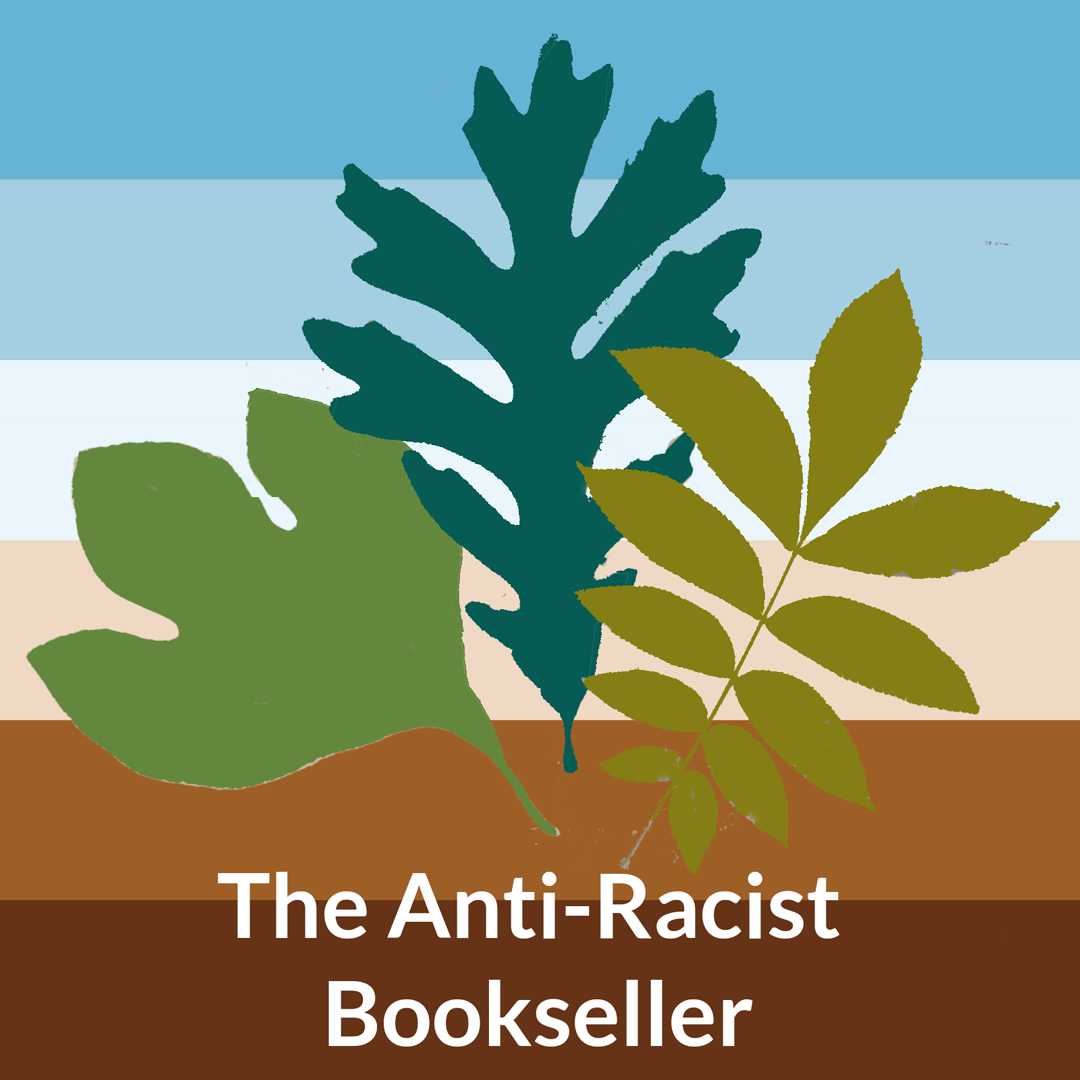 The Anti-Racist Bookshelf: How to Read Now by Elaine Castillo
The Anti-Racist Bookshelf: How to Read Now by Elaine Castillo
Are you a bad reader? Probably.
In the aftermath of the murder of George Floyd, booksellers well remember the sudden demand for books about fighting racism. Bestseller lists were dominated by titles like Ibram X. Kendi's How to be an Anti-Racist, White Fragility by Robin DiAngelo, The New Jim Crow by Alexander Michelle, Me and White Supremacy by Layla F. Saad. Books sold out overnight. Publishers struggled to reprint in the midst of the pandemic. Black-owned bookstores received avalanches of orders from house-bound readers who, if prevented by lock down from doing anything else, could at least do this: read.
Booksellers know books change peoples' lives. That is one of the reasons they are booksellers. Booksellers also know that books are not pills: you don't take two to cure your existential headache. Books, the questions they ask of us, jump start the process of change. It is still up to us to do the work of changing.
The books listed above no longer dominate the bestseller lists, but new books are being published every season for the committed reader's Anti-Racist bookshelf. One of the most exciting to be released this summer is How to Read Now by Elaine Castillo.
 "White supremacy makes for terrible readers, I find." is the often-quoted opening line to Castillo's razor sharp analysis of how white culture reads non-white writers, artists, and people. "When I say white supremacy makes for terrible readers, I mean that white supremacy is, among its myriad ills, a formative collection of fundamentally shitty reading techniques that impoverishes you as a reader, a thinker, and a feeling person; it's an education that promises that while swaths of the world and their liveliness will be diminished in meaning to you. Illegible, intangible, forever unreal as cardboard figures in a diorama."
"White supremacy makes for terrible readers, I find." is the often-quoted opening line to Castillo's razor sharp analysis of how white culture reads non-white writers, artists, and people. "When I say white supremacy makes for terrible readers, I mean that white supremacy is, among its myriad ills, a formative collection of fundamentally shitty reading techniques that impoverishes you as a reader, a thinker, and a feeling person; it's an education that promises that while swaths of the world and their liveliness will be diminished in meaning to you. Illegible, intangible, forever unreal as cardboard figures in a diorama."
When Castillo talks about reading, she is not just talking about books. She uses the verb "to read" in its larger sense -- the way we use it to, say, "read a room," "read the writing on the wall," "read a situation." That is, to engage with, to interpret, to understand. And despite her insistence that she did not write this book to "make better white people," it is nevertheless a heartwarming, wrenching, furiously funny account of all the ways white supremacy trains white people to fail at all those things.
How to Read Now takes aim at a number of comfortable but faulty truisms book people often tell each other, as evidenced by the titles of her chapter titles:
"Reading Teaches Us Empathy, and Other Fictions"
"The Limits of White Fantasy"
"Main Character Syndrome"
"What We Talk About When We Talk about Representation."
"The problem is," she notes at one point, "if we need fiction to teach us empathy, we don't really have empathy, because empathy is not a one-stop destination: it's a practice, ongoing, which requires work from us in our daily lives, for our daily lives--not just when we're confronted with the visibly and legibly Other." That is, books by people of color are not "ethical protein shakes" for white people and they are not written so white people can learn things, as what Castillo calls, unforgettably, "the gooey heart-porn of the ethnographic."
In other words, white readers tend to read writers of color for their specific experiences. But they read other white readers for their sense of the universal. That is reading as a white supremacist.
Castillo's ruthlessly close reading of everything from Joan Didion to The Watchmen to our current cinematic near-deification of Jane Austen stories is a joy and a pleasure to read. But the real take-away from the book is the question Castillo constantly asks:
"Who is this written/filmed/created for?"
The answer is usually "straight white people." We need to change that.
"How to Read Now is a battle cry. Incisive, provocative, humorous, brilliant — Castillo does not pull her punches. When the first essay opens with "White supremacy makes for terrible readers, I find" you KNOW you're in for an excellent collection of essays! If you are reading this, pretend I am standing next to you shoving this book in your hands because I seriously believe every reader and every writer would benefit from reading How to Read Now. This book is a big fat fuck you to the settler colonial narratives steeped in white supremacy that have taken up space for far too long. Seriously, you will not be the same after reading How to Read Now." --Christine Bellow, Loyalty Books, Washington D.C.